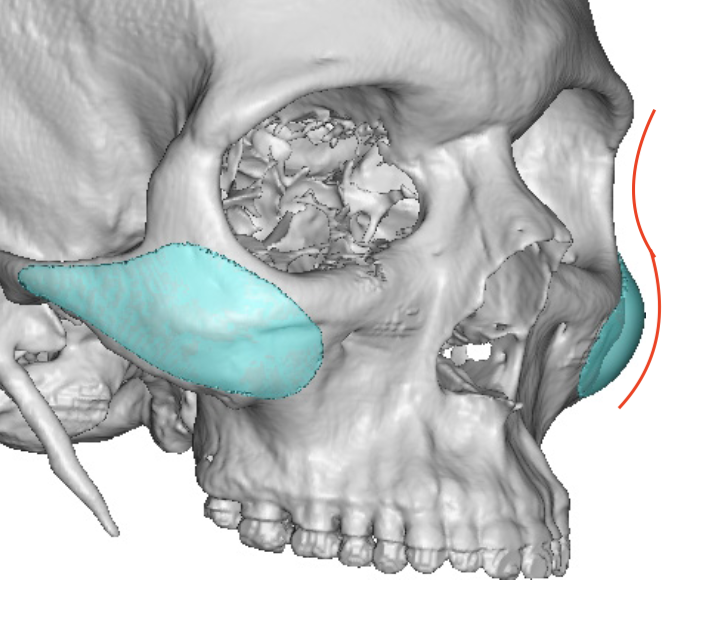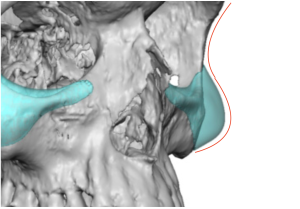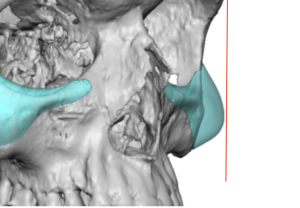The Ogee curve is a well known and talked about aesthetic facial feature. Looking at the face in the oblique view it is an S-shaped double curve created by the outline or silhouette of the tail of the brow bone along the lateral orbital rim and down across the cheek prominence. It is usually referred to in facial aesthetics as creating cheek prominences through fillers or in facelift surgery as a rejuvenative augmentation procedures. It is often stated that the Ogee curve helps guide procedures and to enhance natural facial features and create a youthful appearance.
While the Ogee curve has value in facial rejuvenation it has an equal but often underappreciated relevance in facial reshaping surgery, particularly in the design of custom facial implants. When designing any custom midface implant the oblique view is a critical one when creating increased cheek prominences. Specifically the shape of the bottom portion of the Ogee curve defines the shape and projection of the cheek prominence. It is the only metric one can use to assess the shape and amount of cheek augmentation one desires.
But the Ogee curve is always discussed as a visual concept, there is never been any measured way described by which to use it. But in cheek implant design it is essential to do so since one has create a specific cheek shape and amount of projection. This is possible because the Ogee curve has its origin as an architectural concept with two opposing curves. In the face the upper curve is concave while the lower curve is convex known as a cymba recta. The relationship between these two curves helps determine cheek implant shape.
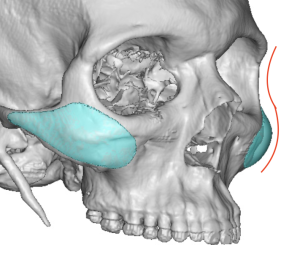
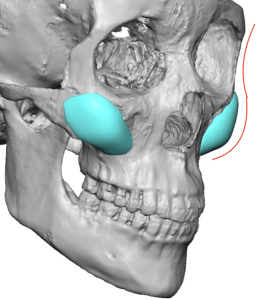
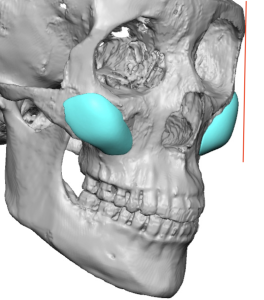
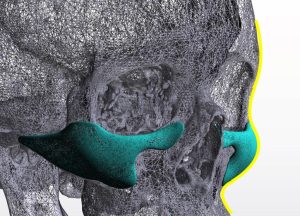
A major factor is using the Ogee curve for cheek implant design is the shape of the brow bones and gender of the patient. Males will often have stronger brow bones which affects the shape of the upper curve as well as its most anterior superior point. Females will have less strong brow bones and less height to the upper curve. These differences may explain why men often want a higher bone-based cheek augmentation effect as opposed to women who seek a lower less bony-driven shape to the cheekbones in most cases.
Dr. Barry Eppley
World-Renowned Plastic Surgeon

